There are many symbols that when we see them we immediately think of the culture they come from. Norse paganism is one of those cultures.
Rich in ancient stories and symbolism these objects help us to understand and honor the Nordic Gods and Goddesses.
This article introduces you to 16 Norse symbols, their stories, and why they are popular today.
What Are Symbols?
Symbols are objects that represent something. Many are from religious beliefs. We see these in cultures around the world and they make it easy to identify something about a person.
Christians often wear crosses to symbolize Jesus just as Wiccans wear the pentacle. The Norse religion also has many symbols associated with it.
Symbols can also be animals. For example, the Wolf is very much represented in Nordic Mythology and is a totem and spirit guide.
Here is a list of common Norse symbols listed in alphabetical order.
The Aegishjalmur – Helm of Awe
The Helm of Awe or Aegir's Helmet is also sometimes referred to as the Helm of Terror. A sigil, like the Vegvisir it comes from the Huld Manuscript written around 1860. It also was written in the Prose Edda and Poetic Edda.
A symbol of power and protection the Aegishjalmur is often shown as a circle with eight tridents radiating from its center. The number eight also references Odin’s eight-legged horse Sleipnir.
In the Poetic Edda, the Helm is stolen from the dragon Fáfnir’s lair. Sigurd killed the dragon and ran off with Aegishjalmur. Warriors later wore the symbol on their helmets.
Helm of Awe or Aegir's Helmet
Animal Spirit Guides
Animal Spirit Guides and Totems were very important in Nordic Culture. The Wolf, Bear, Raven, and Cat among others were closely related to the Gods.
Odin, the Allfather, had several animals that served him including his horse Sleipnir. Odin has two ravens named Hugin and Munin who fly around the world every day and report back to him what they have seen.
Draupnir - Odin’s Ring
Draupnir, which means The Dripper in Old Norse, was Odin’s gold ring. The rind has the ability to multiply itself and every ninth-night forms eight new rings. This symbolizes abundance and the gaining of knowledge.
However, the new rings do not have magical abilities. Like many magical objects, they were made by dwarves.
Draupnir represents sacrifice and kingship. Odin placed the ring on the funeral pyre of his son Baldur.
Gungnir – Odin's Spear
Gungnir is the name of Odin's Spear and is a symbol of authority, power, and protection. It was made by dwarves and has runes carved on the point that make it more accurate than a “normal” sword.
Gungnir is an Old Norse word that means “swaying” and is pronounced “GUNG-neer”.
The magic within the sword draws soldiers to it and towards Odin. When they die valiantly they will be taken to Valhalla.
The Æsir-Vanir War between the Norse Gods was described in the Poetic Edda poem Völuspá, and describes Odin throwing his spear over the heads of the Vanir Gods. Vikings later started battles in this manner to honor Odin and bring victory to the fight.
Gungnir is made of ash a sacred wood. The tree of life is also ash.
Huginn and Muninn – Odin's Ravens
Huginn and Muninn are the names of God Odin’s ravens. They represented thought and memory. They fly around the world bringing the news to Odin.
They also symbolize the aftermath of battle. A time when ravens and vultures would clean up the carrion. In this way, they also represent death and transformation.
In addition, they represent Odin’s role as a Shaman and his powers of divinity.
Pictures of ravens are seen on funeral urns during the Viking Age as well as on helmets and bracelets.
Read more about the Norse God’s animals in our article Norse Gods and Their Spirit Animals
Mjolnir – Thor's Hammer
Having been popularized in movies and video games, Thor and his hammer are easily recognized.
Mjolnir is Thor’s magical hammer that always returns to him. It is both an instrument of death and a divine instrument.
It represents fertility, good fortune, and protection. Thor uses his hammer to protect Asgard from supernatural beings.
Mjolnir also represents fertility and was used during wedding ceremonies. In addition, Thor blessed objects with his hammer.
There is some disagreement among linguists on the translation of the word Mjölnir however it likely means lightning or lightning maker.
Mjolnir was often worn as an amulet or talisman during the Viking Age and we continue that tradition today. Wearing a hammer represents our honor to Thor and asks for his protection in our lives.
During the forced transition to Christianity, in the 1100s, smiths made Mjolnir’s to protect Thor’s followers from Christians.
Great for beginners and newbies wanting to see what it’s all about! Activities to wet your feet and journal prompts to get you thinking!
Runes
Runes are the letters of the Runic Alphabet which represent the Germanic language. They were widely used before the development of Latin.
Runes represent both sound values and concepts. They first appeared around 150 AD and were used for communication until 1100 AD. As Romans conquered countries they spread their written language Latin.
However, runes continued to be used in artwork and as spiritual representations.
Amazon carries some beautiful sets of runes. Remember to cleanse them before using.
Runes have a long history as magical symbols. In the poem Hávamál, Odin himself speaks of the runes in a spell.
“I know a twelfth one
if I see up in a tree,
a dangling corpse in a noose,
I can so carve and colour the runes,
that the man walks
and talks with me.”
Runes are used as an ancient form of divination. They were often carved on weopons and jewlry to bring powers or protection to the owner.
Today they can be made of stone, wood, or even plastic. Individual pieces have a rune letter or symbol on them.
Runes are used as a form of guidence and to help predict an outcome.
The Ship
The Vikings were great explorers and seafarers. Their traditional slender, low-lying craft is synonymous with the Viking culture. Ships were used for raiding, migrating, and fishing.
The Ship symbolized life, journeys, and the afterlife. Viking ships have been found in burials filled with grave goods.
The ship itself represented an advanced building method that allowed them to be sleek and fast yet travel across the open sea. Using boats as methods of travel became popular in the Nordic Bronze Age starting in 1750 BCE. This long history gave Vikings an advantage in being skilled shipbuilders.
The Knarr was a merchant ship approximately 54 feet (16 m) long and 15 feet (4.6 m) wide. It could hold an amazing 24 tons of cargo. They were quite sturdy and had both sails and places for rowers.
The Longship was designed for warfare and exploration. They could travel at 15 nautical miles per hour or approximately 15 knots.
The god Freyr had a large magical ship that he would fold up and store in his pocket.
The Sventhorn – Sleep Thorn
The sventhorn is recorded in the Norse Sagas and used defensively. Odin uses the Sventhorn to put the Valkyrie Brynhild into a deep sleep.
This sleep often required great magic for the person to be awakened. In the case of Brynhild, someone needed to cross a circle of fire that Odin placed around her.
The symbol itself has many variations but often looks like four harpoons. It was used as a physical object as well as an incantation or spell.
According to the Huld Manuscript, The sventhorn would be carved on oak and placed beneath the head of the one who sleeping so they cannot awaken until it is removed.
In addition, the symbol has been found carved on beds to offer the residents protection.
The Swastika/Sun-Wheel
Unfortunately, this symbol was appropriated by the Nazis during WWII and became a symbol for their evil racist beliefs. Today Germany bans the display of this symbol.
It is however an ancient religious symbol of luck, power, holiness, and fire that dates back over 7000 years. Dharmic religions saw it as a symbol of divinity and good luck where it is still used in Hindu wedding ceremonies.
The Navajo culture seems it as whirling logs which also symbolize luck, friendship, and prosperity. They stopped using the symbol after WWII.
The Nordic people saw it as representing lightning bolts and is connected with Thor, God of the Sky. Archaeologists have found numerous examples of the Swastica in Germanic cultures and believed it was used as a funeral symbol.
A grave boat dating from around 600 AD was found in England that had numerous carvings of Swastika’s.
A sword dating back to the 5th century found in England had a mix of runes and Swastika’s carved upon it.
Sadly, this symbol is still used by hate groups and we don’t want to encourage its use. However, we can learn more about its positive history as an ancient image.
The Triskelion – Odin's Horns
The symbol of three interlocking horns is based on a very ancient symbol that dates back to 6000 BCE. It has many variations and is typically seen as three spirals or three objects such as horns or legs.
The three drinking horns symbolize inspiration, knowledge, and wisdom. In addition, Odin is the god of alcohol, and drinking was an event that celebrated the community.
The symbol on the flag of the Island of Mann has three legs that date back to its Celtic roots.
It correlates with the number three and has powerful religious implications. We associate the number three with:
life-death-rebirth
spirit-mind-body
child-mother-father
past-present-future
Troll Cross
The Troll Cross (trollkors) was a popular amulet that protected one from trolls or those magical fae creatures that may seek mischief or malicious actions.
It was a symbol of protection.
The Troll Cross does not have an archaeological history as many of these symbols do. In fact, the design was made popular by a Sweedish Blacksmith, Kari Erlands, in the 1900s.
The shape of the Trolkors is said to come from the rune Odal or Othala which represents inheritance and heritage.
We do see some identification of the symbol with early nazi groups from WWII. It has been used by some racial hate groups in modern times. However, the Astaru also use it as a symbol of their respectful culture.
Vegvisir
The Vegvisir is an Icelandic word meaning sign. Pronounced “VEGG-vee-seer. It is a sigil that helps the Wayfinder or person find their way.
It is described briefly in the Huld manuscript, an Icelandic collection of spells, written in 1860. The Huld contains a lot of Christian influences of the time and there is no evidence that the Vegvisir was used in Pre-Christian Nordic history.
We include it on this list because it has been embraced by the neo-pagan community as a spiritual symbol to find one’s way or to find your path.
The Valknut – Odin's Knot
The Valknut is three interlocking triangles that symbolize the transition between life and death. Odin was a psychopomp, a deity that guides the newly dead to the afterlife. He was also the leader of the warriors of Valhalla.
Read our blog on the Norse afterlife.
Historically, both artwork and objects, depicting the Valknut have been found in England, Sweden and Norway. Many date back to the Viking Age and have been found in association with burials.
The Prose Edda also references a “Hrungnir's heart” a hard stone with three sharp corners. Symbols of power over life and death are often seen as a knot.
The symbol is popular today. It has been used by fringe racist groups but there is no reason modern pagans should shy away from its real connection to Odin.
Web od Wyrd or Skuld’s Net
This is one of the least known symbols of Nordic mythology. However, it is traced back to the ancient sagas.
Linguists say the word comes from the Old English verb ‘weorþan,’ meaning “to come to pass.”
Also referred to as Skuld’s Net. Skuld was the Norn who wove the pattern. This makes sense since Norns are in charge of fates and destinies.
In the Poetic Edda, the poem Helgakvida Hundingsbana I, tells how the Norns weave the Web Od Wyrd for Helgakvida Hundingsbana.
It represents fate and destiny as well as showing the interconnectivity between mortals and the divine. It also teaches us that all things are connected in the universe.
You may have heard it referred to as the Matrix of Fates reminding us that actions have consequences. You are in charge of your destiny.
It is made up of nine crossing staves and the runes. As with any form of divination it shows us the past, present, and future.
The number 9 is important in Nordic beliefs. The tree Yggdrasil gaurds nine worlds.
Yggdrasil – the World Tree
This sacred ash tree is the center of the world. It is surrounded by nine worlds. Helheim, Vanaheim, Asgard, Nifheim, Muspelheim, Alfheim, Svartalfheim, Midgard, and Jutunheim.
The branches reach the heavens and the roots extend in three directions.
Animals and mythological creatures live there. The Gods traveled there to assemble in their Things, a governing body.
Yggdrasil was first written about in the Poetic Edda in the 1200s. It is said that when the world ends during the final battle of Ragnarok, Yggdrasil will be destroyed but then be reborn.
Author Erik Olsen recently graduated from college with a degree in Anthropology. While in school he completed an internship with the Smithsonian Museum of Natural History which led him to his current museum position.



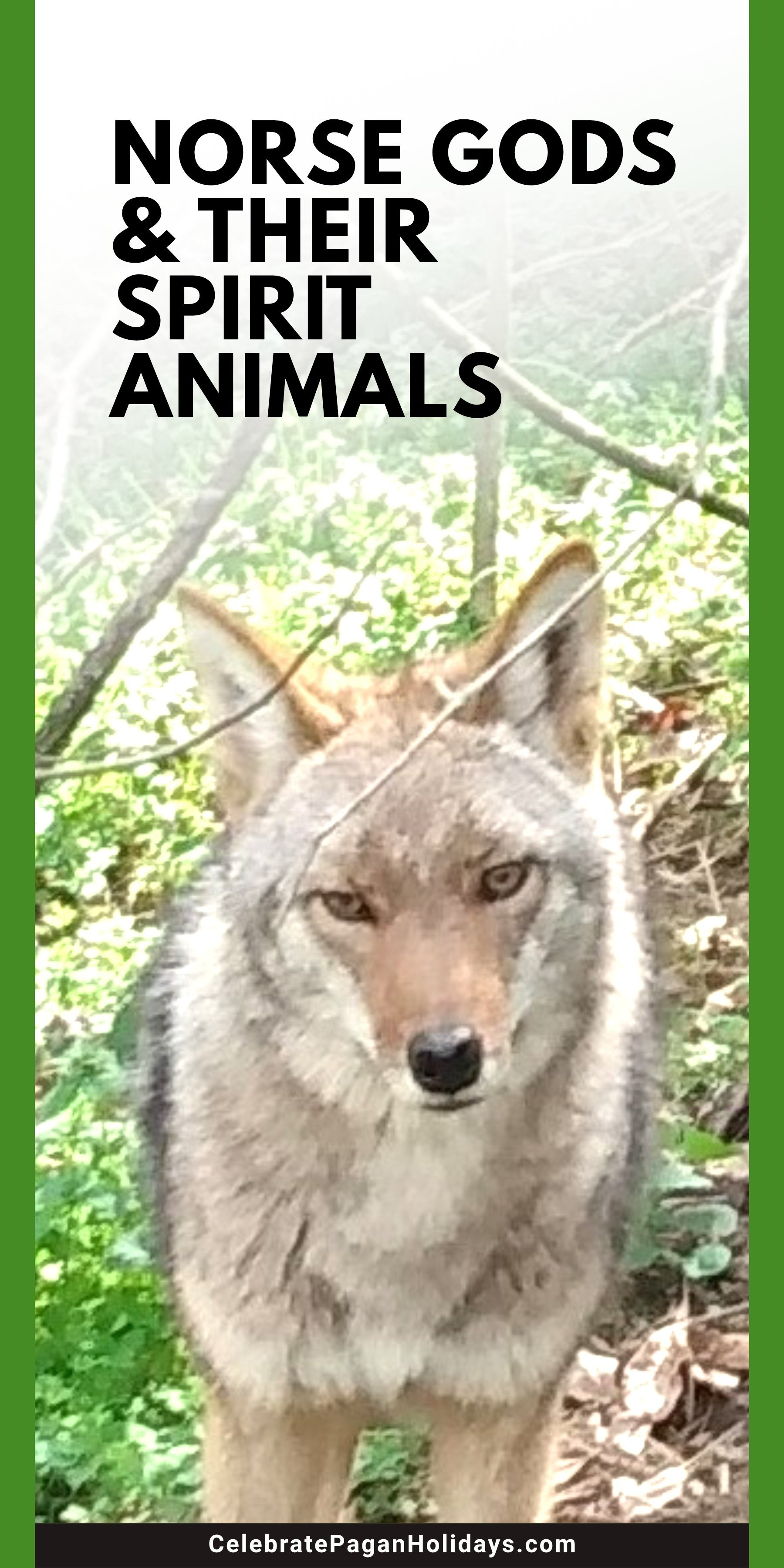

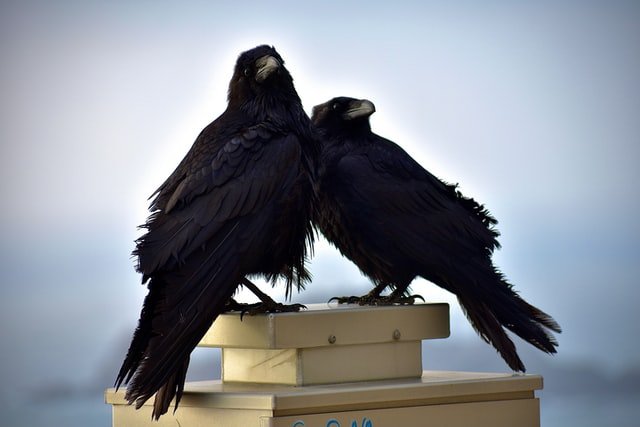


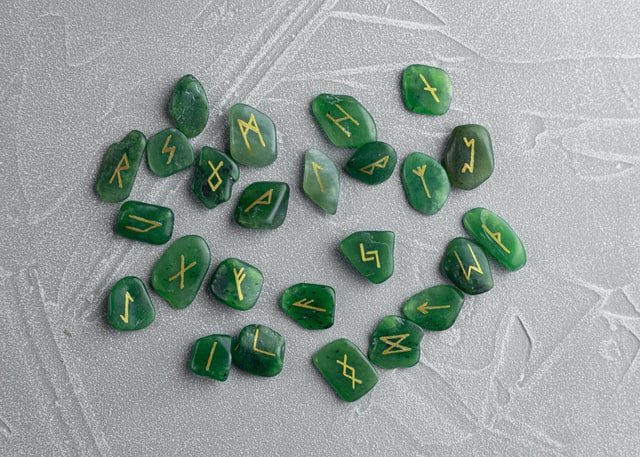
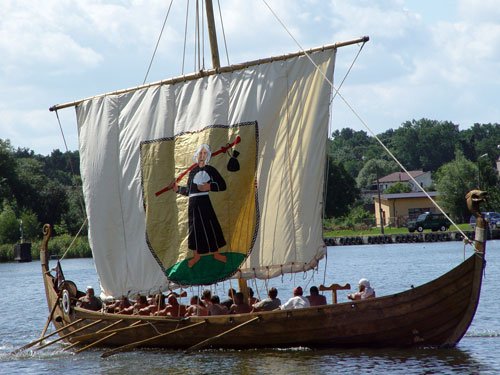

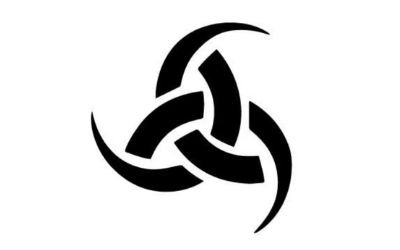
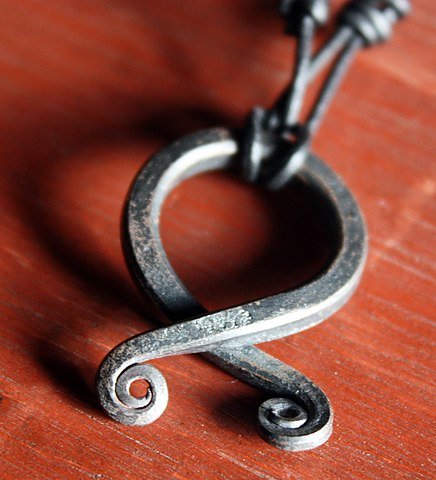

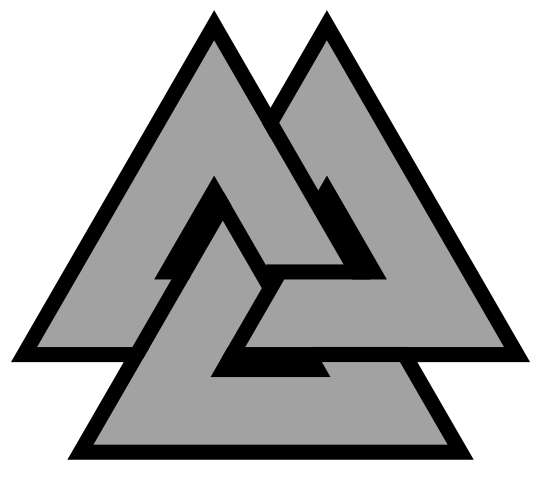
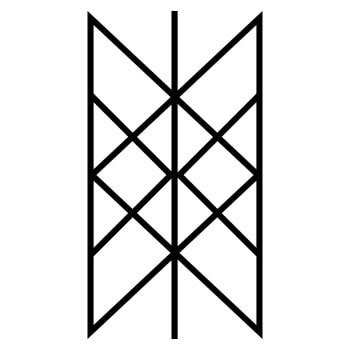
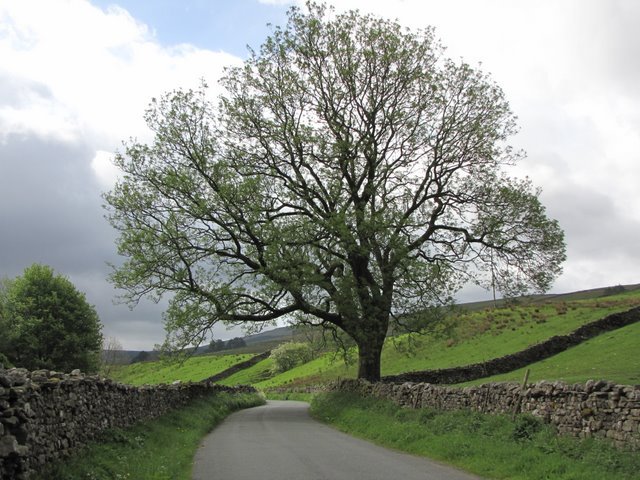



So, you want to become a Norse pagan? That's great! In general, pagan religions don’t ask you to convert, proselytize, or profess allegiance to a single God.
Norse paganism is open to anyone who believes in their deities and practices. There is a growing interest in Nordic religions. In fact, the old Norse religion is going through a major revival.